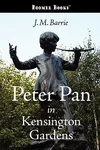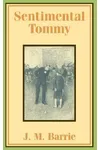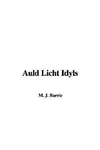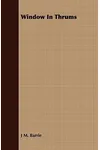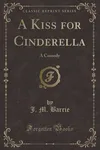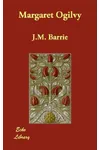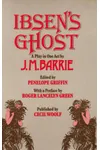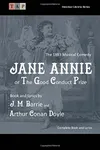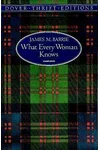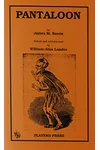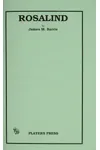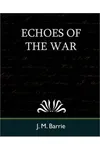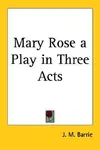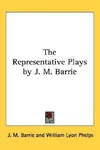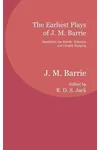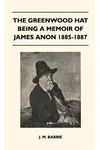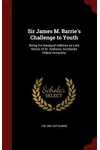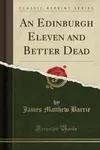Picture a Scottish storyteller who gifted the world a boy who never grows up—meet J.M. Barrie! Born in 1860, Barrie spun tales of whimsy and wonder, with Peter Pan soaring as his crowning achievement. His stories, steeped in playful magic and poignant heart, continue to captivate readers and theatergoers across generations.
From a small Scottish town to London’s literary scene, Barrie’s journey was as enchanting as his creations. His knack for blending childhood innocence with deeper truths made him a beloved figure, leaving a legacy that still sparkles today.
The Making of J.M. Barrie
James Matthew Barrie was born on May 9, 1860, in Kirriemuir, Scotland, the ninth of ten children in a modest family. Growing up, he was enthralled by stories, often spinning tales for his siblings. The tragic death of his older brother David at 14 profoundly shaped Barrie, fueling his fascination with eternal youth—a theme central to Peter Pan. After studying at the University of Edinburgh, Barrie began as a journalist, honing his wit and narrative flair. By the 1890s, he was writing novels and plays, his charm and imagination catching London’s eye.
J.M. Barrie’s Unforgettable Stories
Barrie’s literary career bloomed with a mix of novels, plays, and his signature blend of whimsy and melancholy. His breakthrough novel, Auld Licht Idylls (1888), painted a humorous portrait of Scottish village life, showcasing his knack for vivid characters. The Little Minister (1891) followed, a romantic tale that cemented his reputation, blending humor with heartfelt drama.
But it was Peter Pan, or The Boy Who Wouldn’t Grow Up (1904), first a play and later a novel, Peter and Wendy (1911), that immortalized Barrie. Inspired by his friendship with the Llewelyn Davies boys, the story of Peter, Wendy, and Neverland captured the joys and sorrows of childhood. Barrie’s style—playful yet poignant, with sparkling dialogue—made his worlds feel alive. Other works, like Dear Brutus (1917), explored fate and second chances, revealing his versatility in tackling grown-up themes with a childlike lens.
His writing often danced between light and shadow, reflecting his own life’s joys and losses. This emotional depth, paired with his theatrical flair, ensured his stories resonated on page and stage alike.
Why J.M. Barrie Matters
J.M. Barrie’s impact transcends his era, with Peter Pan becoming a cultural touchstone. His creation inspired countless adaptations—films, musicals, and books—each echoing his vision of eternal youth. Barrie’s generous donation of Peter Pan’s rights to Great Ormond Street Hospital in 1929 ensured his legacy supports sick children, a fitting tribute to his child-centric tales. His ability to weave universal themes—loss, love, and the fleeting nature of childhood—into fantastical stories keeps his work timeless, inviting readers to find their own Neverland.
- Born: May 9, 1860, Kirriemuir, Scotland
- Key Works: Peter Pan, The Little Minister, Auld Licht Idylls, Dear Brutus
- Notable Act: Donated Peter Pan rights to Great Ormond Street Hospital
- Died: June 19, 1937, London, England
Ready to soar with the boy who never grows up? Snag Peter and Wendy and dive into J.M. Barrie’s magical world!


